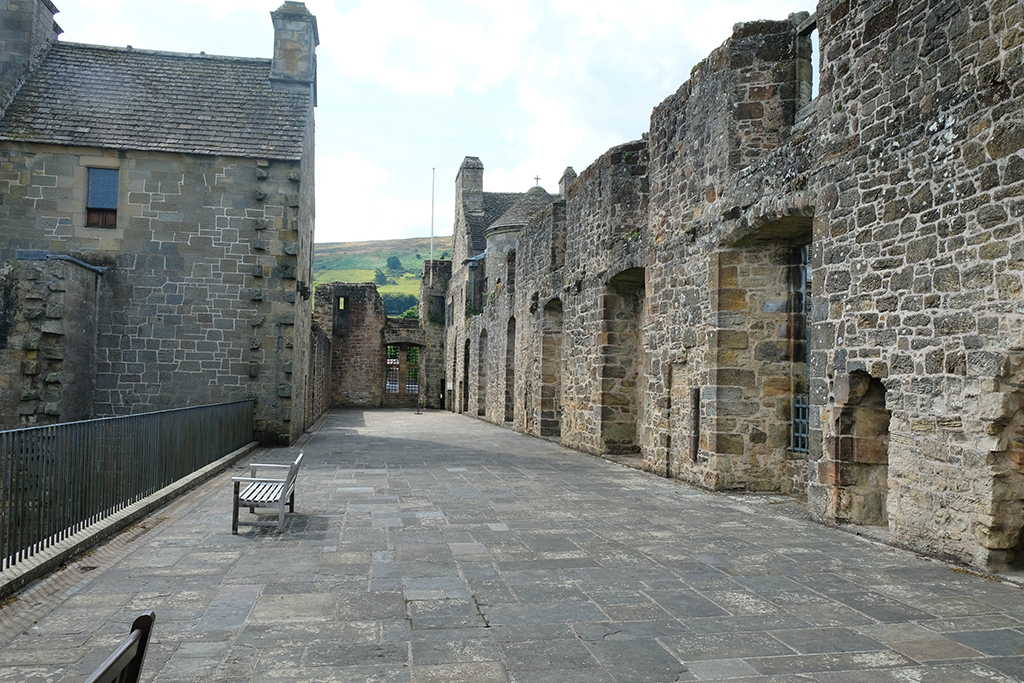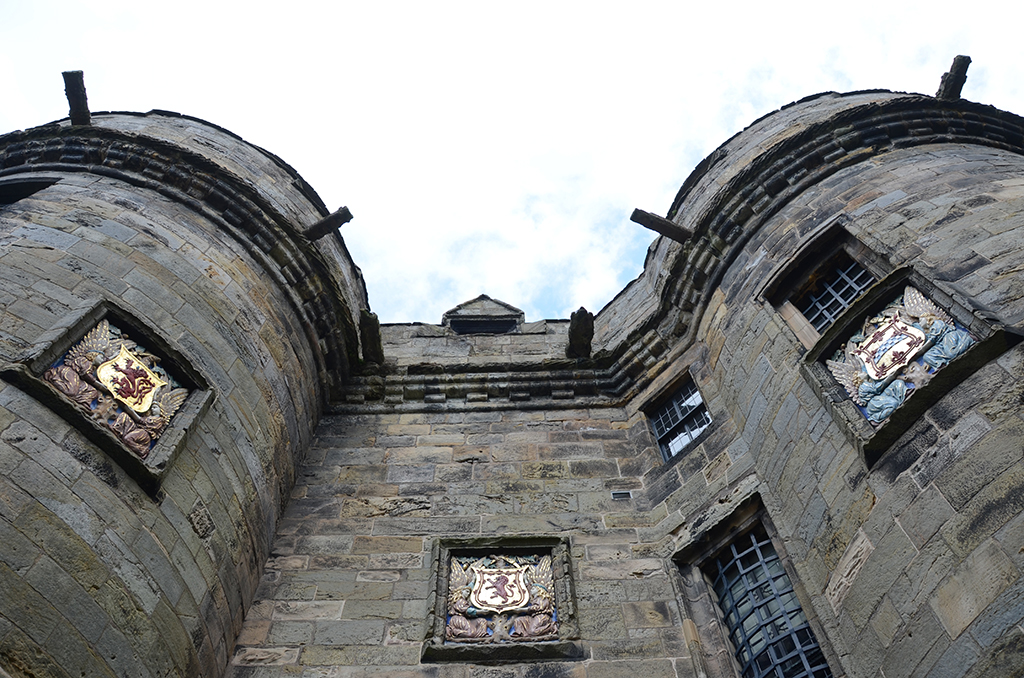One of Scotland’s most famous historic characters, Mary Queen of Scots has been front of mind recently with the release of the movie of her life.
Mary travelled Scotland leaving her mark on many of the country’s historic buildings but did you know it was the National Trust for Scotland’s Falkland Palace where she spent her holidays?
With its impressive painted ceilings, beautifully carved furniture and spectacular gardens the regal residence in Fife was a frequent royal retreat, adored by the ill-fated monarch and here’s why:
One of the finest examples of Renaissance architecture in Scotland to this day, Falkland Palace was first transformed from its medieval Scottish castle beginnings by James IV and his son, James V in the 16th Century. Inspired by the grand chateaux of France, Falkland became a royal ‘pleasure palace’ for James V, his second wife Marie de Guise and their daughter Mary, until she moved to France at the age of 5.
After spending majority of her childhood living in mainland Europe journeying across the awe-inspiring grand palaces of the French court, Mary returned to Scotland in 1560. Although smaller in scale, the familiar feel of Falkland Palace’s architecture would have been a welcoming reminder for Mary of her younger years abroad.

The majestic palace provided Mary an opportunity to escape from pressures she faced during the early years of her reign and she visited the palace each summer, spending several weeks enjoying everything the residence had to offer.
According to history author Antonia Fraser, Mary’s upbringing viewing the glorious chateaux of France led her to see Falkland Palace as another ‘natural habitat of royalty’. With its extensive estate, hunting park and royal tennis court, Falkland was a perfect location for Mary to indulge in her love of sports and the outdoor world during her summer trips to Fife.
One of her favourite pastimes, Mary used her getaways to Falkland Palace as a perfect opportunity to hunt deer and wild boar, previously imported from France by her father. A hunting park held in the grounds was used to give Mary and her band of hunters an advantage as the animals were released from a fold, running past a stand where the hunters shot for sport.
Mary was also a fond falconer, using her time in the palace grounds taking care of Scottish birds of prey and training them to hunt for smaller animals living in the surrounding area.

Mary Queen of Scots loved to play tennis on the estate’s regal tennis court. A keen athlete in her own right, Mary was passionate about sport. She was once even rumoured to have caused quite a stir at the time by playing a match at Falkland Palace dressed in men’s breeches, shocking all of the guests at the property.
The royal tennis court that Mary played on survives to this day and is now the world’s oldest real (or royal) tennis court. The court isn’t the only remaining remnant of Mary’s time at Falkland as visitors to the National Trust for Scotland property also have the chance to follow in the footsteps of the Scottish Queen in the recreated royal apartments.
A tribute to the tragic life of Mary Queen of Scots can also be found in the ground’s historic orchard in the form of a captivating willow sculpture, commemorating her important place in Scotland’s rich history.
Visiting Falkland Palace is easy. Located in Cupar, Fife it makes a great day out for the whole family. To find out more about Falkland Palace, visit https://www.nts.org.uk/visit/places/falkland-palace/things-to-do.
TAGS

